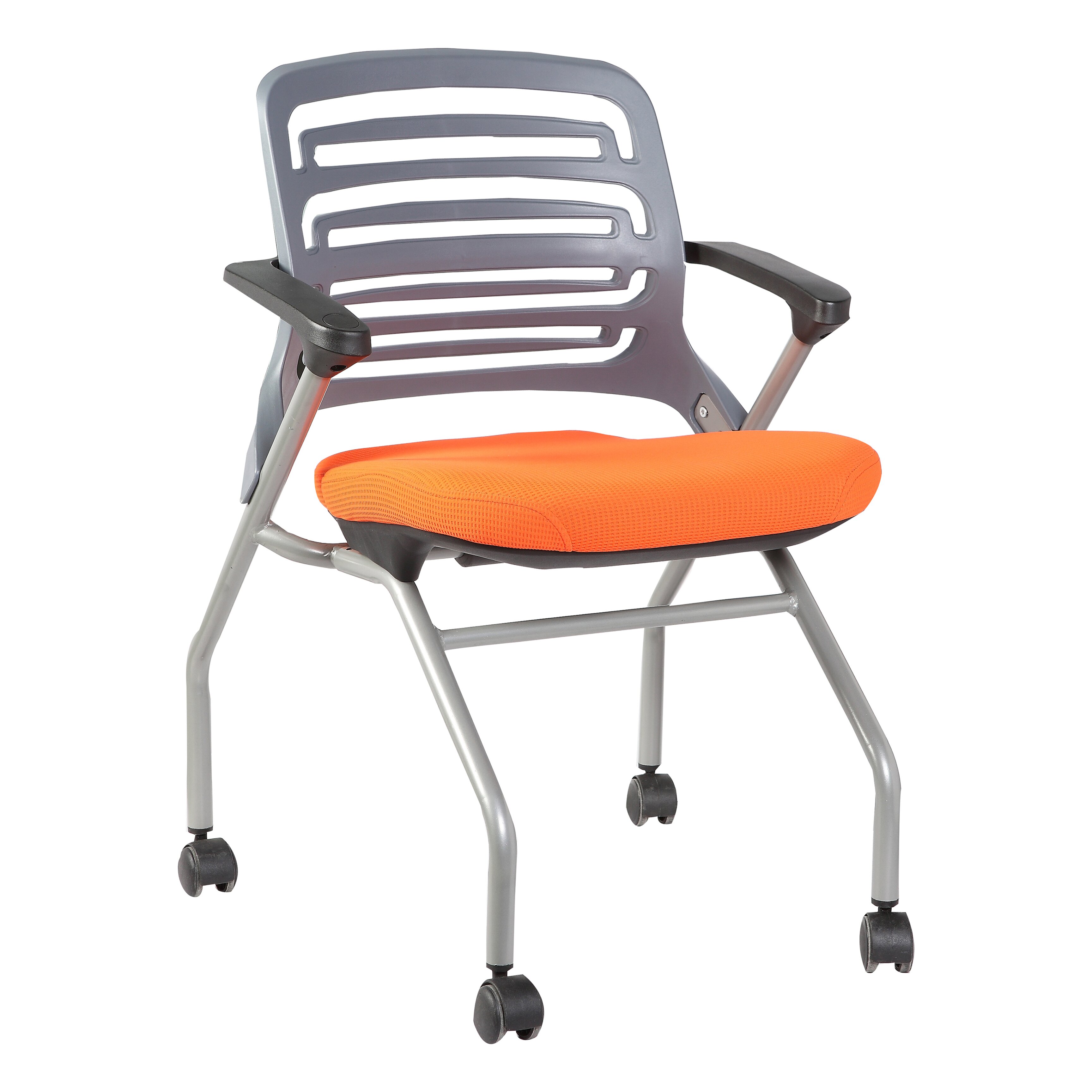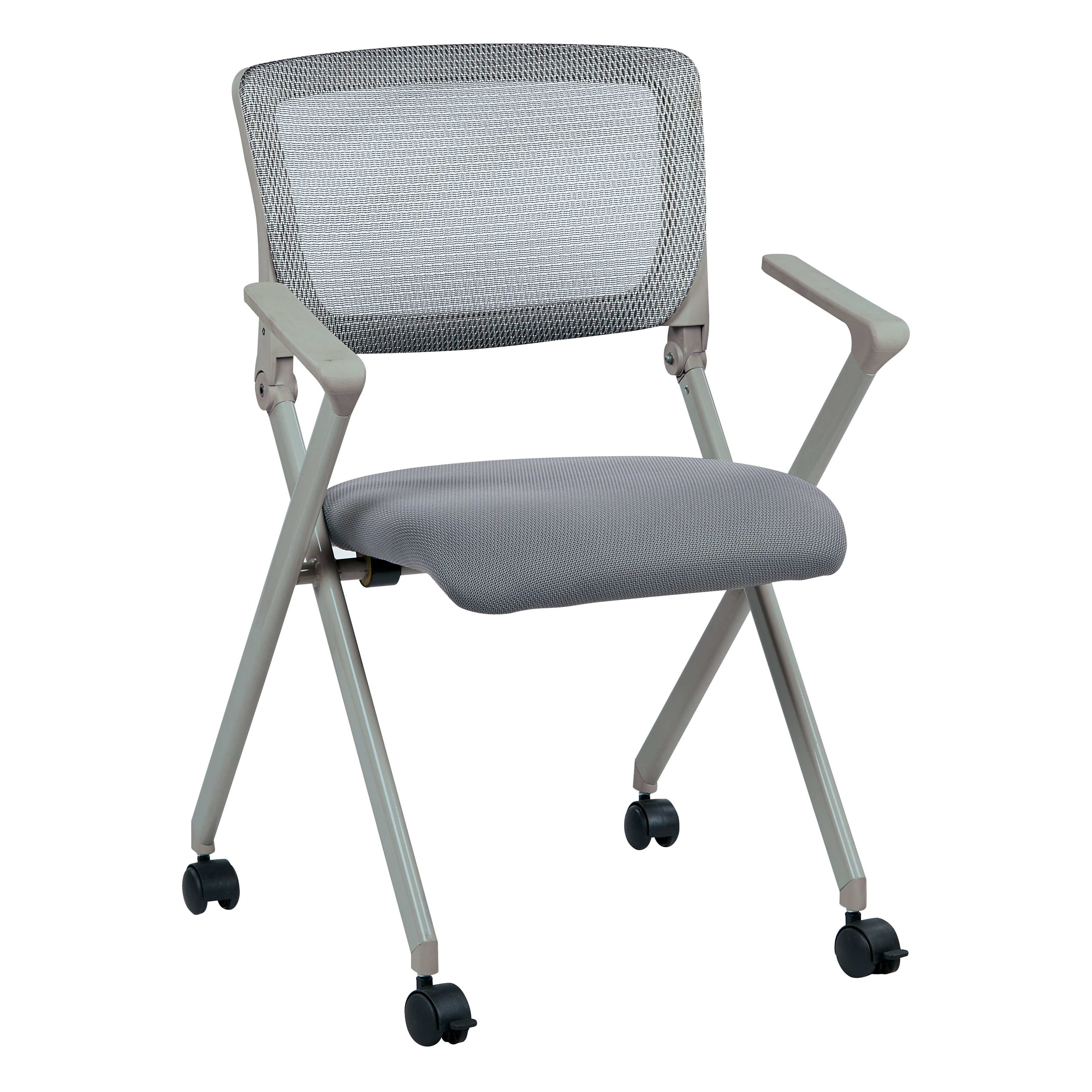Product Overview: Chair With Folding Desk

The chair with a folding desk represents a compelling fusion of seating and workspace, designed to maximize efficiency and portability. This product category caters to a diverse range of users, from students and remote workers to travelers and those with limited space. Understanding the design elements, functionality, and material choices is crucial to appreciating its potential and limitations.
Design and Functionality: Ergonomics and Practicality
The core design challenge lies in balancing comfort, stability, and portability. Ergonomics are paramount; a poorly designed chair-desk combination can lead to discomfort and potential health issues. Successful designs prioritize adjustable features, such as seat height, backrest angle, and desk height, to accommodate individual needs and preferences. The desk itself should be of sufficient size to provide a functional workspace, while remaining compact enough for easy storage and transport. Materials typically include lightweight yet durable plastics, aluminum alloys for structural support, and padded fabrics or mesh for seating comfort. The overall aesthetic often prioritizes a minimalist approach, avoiding unnecessary ornamentation to enhance both portability and visual appeal. Careful consideration of weight distribution is essential to ensure stability when the desk is in use.
Folding Mechanisms: A Comparative Analysis
Several folding mechanisms are employed in chair-desk combinations, each with its own set of advantages and disadvantages. A common design utilizes a hinged system, where the desk folds flat against the chair’s backrest. This is generally simple, reliable, and relatively inexpensive to manufacture. However, it may limit desk size and adjustability. Another approach involves a telescopic mechanism, allowing the desk to extend and retract smoothly. While offering greater adjustability, this design can be more complex and potentially more prone to mechanical failure. Finally, some models incorporate a scissor-like mechanism for compact folding. This offers a balance between compactness and ease of use, although the structural integrity might be a concern with heavier loads. The choice of mechanism directly impacts the product’s overall portability, durability, and cost.
Typical Features and Their Implications
The following table details typical features found in chair-desk combinations, outlining their advantages and disadvantages:
| Feature | Description | Advantages | Disadvantages |
|---|---|---|---|
| Storage Compartments | Small compartments integrated into the chair or desk for storing pens, phones, or other small items. | Organized workspace, convenient access to frequently used items. | Limited storage capacity, may add to overall weight and bulk. |
| Cup Holder | A holder designed to securely hold a cup or mug. | Convenient place to keep drinks close at hand. | May be bulky, can restrict desk space, potential for spills. |
| Adjustable Height | The ability to adjust the height of the seat and/or desk. | Improved ergonomics, accommodates users of different heights. | More complex mechanism, potentially higher cost. |
| Backrest Adjustability | The ability to adjust the angle of the backrest. | Enhanced comfort, improved posture support. | Increased complexity and cost. |
| Wheels/Casters | Wheels incorporated into the chair’s base for easy mobility. | Increased portability, easier to move around. | Potential for instability, may not be suitable for all surfaces. |
Market Analysis & Competitor Review

The market for chair-desk combinations is experiencing significant growth, driven by the increasing demand for flexible and ergonomic workspace solutions, particularly amongst remote workers and students. Understanding the competitive landscape is crucial for identifying opportunities and differentiating a new product. This analysis examines key players, their offerings, and prevailing market trends.
Comparative Analysis of Leading Brands
The following table compares three leading brands offering similar chair-desk combinations, focusing on pricing, key features, and design aesthetics. These brands represent a range of price points and target markets, highlighting the diversity within this product category. Price ranges are approximate and may vary based on retailer and specific model.
| Brand | Price Range | Key Features | Design Style |
|---|---|---|---|
| FlexiWork | $300 – $500 | Adjustable height, foldable desktop, integrated cup holder, sturdy steel frame, limited color options. | Modern minimalist, predominantly neutral colors. |
| ErgoComfort | $500 – $800 | Height-adjustable, foldable desktop, built-in power outlet, ergonomic back support, multiple color choices, wheels for mobility. | Contemporary ergonomic, with a focus on functionality and comfort. Offers a wider range of colors. |
| SpaceSaver Pro | $700 – $1200 | Height-adjustable, foldable desktop, large workspace, premium materials (e.g., real wood veneer), integrated storage, customizable options. | Premium and sophisticated, utilizing high-quality materials and a refined design. |
Current Market Trends and Future Developments
Current trends indicate a strong preference for adjustable height desks, emphasizing ergonomic design and promoting user well-being. The integration of technology, such as built-in power outlets and USB charging ports, is also gaining traction. Future developments are likely to focus on even greater personalization, with customizable features, smart integrations (e.g., app control for height adjustment), and sustainable materials. We might see more integration with existing smart home ecosystems, allowing for seamless control and automation of the chair-desk system. The increasing emphasis on sustainability will likely lead to a rise in products made from recycled and eco-friendly materials. For example, we could see the adoption of bamboo or recycled aluminum in the construction of the frames and desktops.
Fictional Product Review: The “WorkNest” Chair-Desk, Chair with folding desk
My initial impression of the WorkNest was one of sleek, understated elegance. The assembly was surprisingly straightforward, taking less than 15 minutes. The height adjustment mechanism is smooth and precise, allowing for easy customization to my preferred working posture. The foldable desktop is a real space-saver, particularly in my small apartment. The built-in cup holder is a welcome addition, preventing accidental spills. However, the desktop itself feels a little flimsy under heavy use, and the lack of cable management solutions is frustrating. While the overall design is aesthetically pleasing, the material feels less durable than I’d hoped for at this price point. The back support is adequate but not exceptional; prolonged use does lead to some discomfort. Overall, the WorkNest is a decent chair-desk combo for casual use and smaller spaces, but those seeking robust functionality and all-day comfort might want to consider higher-end options.
